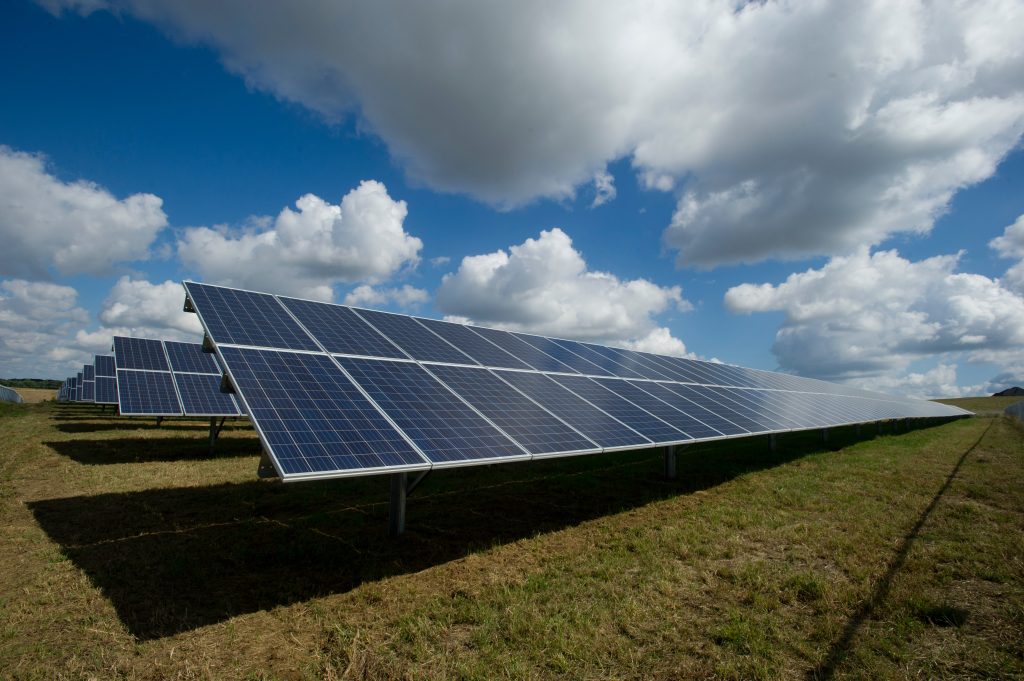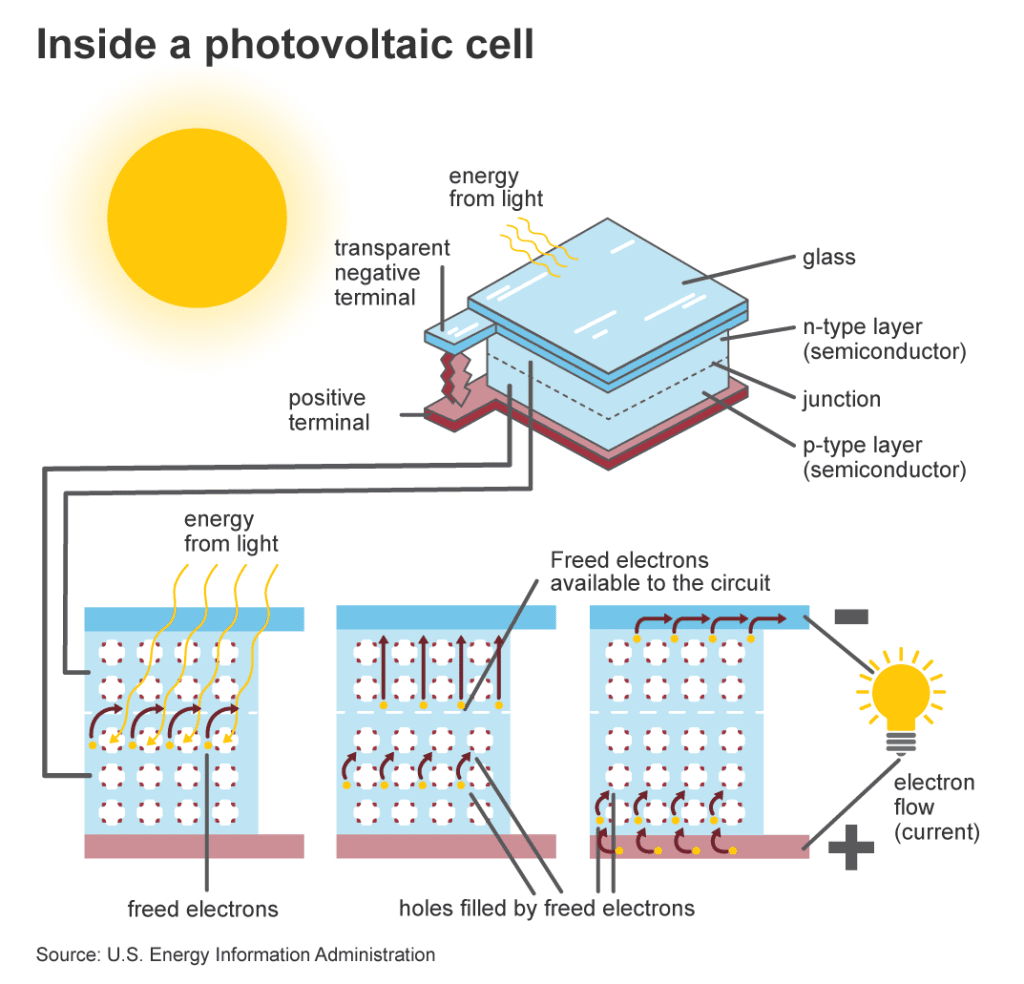Heat-Driven Photovoltaic Device Shows Energy Efficiency

With climate change showing its ugly head globally, the need to cast aside fossil fuels and adopt renewable sources of energy keeps growing. But one of the most significant obstacles with renewable energy is proper storage mechanisms. Proper storage is needed to efficiently store unused energy for later use when production drops or the source of energy is no longer available due to weather changes.
Currently, batteries are being used for storage, while research is ongoing on the use of hydrogen. However, these options have shortfalls and can’t exceed a certain level. Another option that’s already in use and could be considered is heat.
The technology for producing and storing heat is already available and keeps improving. Solar plants are able to produce power even after sunset from the heat produced by the concentrated solar power.
Researchers from MIT and NREL have collaborated to improve a device that enables the use of stored heat for electricity production. This comes in a photovoltaic device sensitive to infrared wavelength.
Thermophotovoltaics

Silicon photovoltaic cells, among others, are capable of converting infrared light into electrical current. The only problem is their efficiency, as a lot of energy is lost. This is thanks to the photons with less energy in the infrared, which lead to low voltage in the photovoltaic outcome. As such, any device targeting these wavelengths drops its efficiency.
The researchers are therefore seeking to control the temperature of the sizzling material acting as their source of photons. As such, they plan to use a higher temperature of around 2,000° C to increase the number of higher-energy photons close to the edge of the visible spectrum. This will enable the use of semi-conductors with a higher bandgap equal to the output voltage.
The further improve efficiency, a two-junction configuration is used. This involves the cell combining two different materials capable of absorbing different areas of the spectrum. Using two different two-junction setups, the team realized there is a slight difference in what they absorb most efficiently.
This resulted in a device efficiency of about 40 percent, subject to the material used and heat source temperature.
